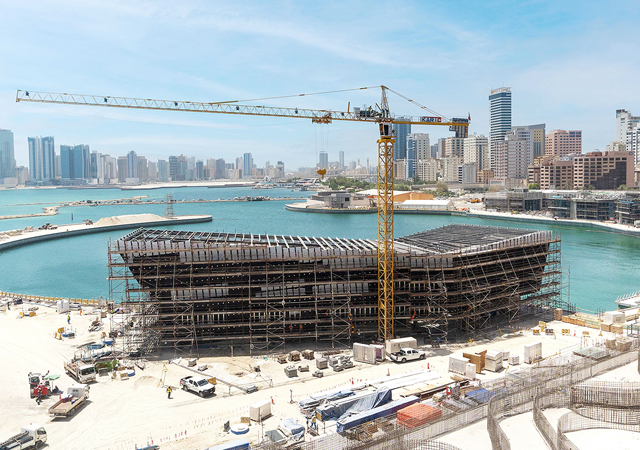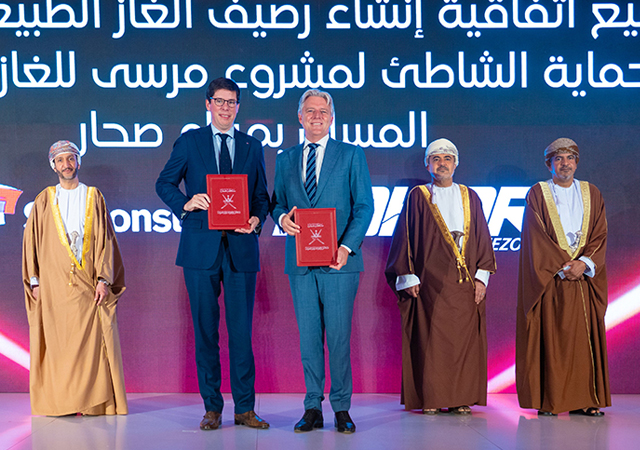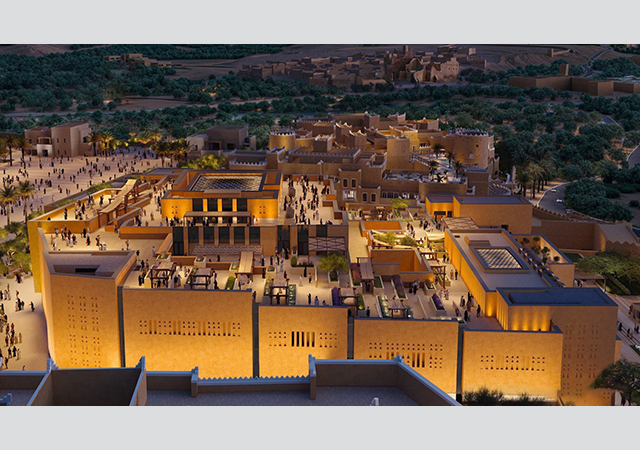

IDAT of Germany, which has developed highly-specialised CAD software for precast concrete manufacturers, will be presenting this unique range at the Big 5 show.
Represented locally by Webau Middle East, IDAT will be participating for the fourth time at what has proved to be a very fruitful show for the company.
“The Big 5 is always a good opportunity to create contacts and have a pulse on the Middle East market. We already made successful business with contacts from the show,” says sales manager Stephan Langhans.
The new range of software being presented at the show includes IDAT’s CAD-Software for precast walls, for precast slabs, for precast stairs, for precast columns and beams, for precast cladding (architectural, industrial and high rise buildings), respectively, and specialised software for production management (transport stacking and table-/pallet- or casting bed management).
Highlighting some of the innovative features of the software, Langhans says: “The new software enables static calculation of hollowcore slab structures and is an interface between AutoCAD Architecture and Revit.”
Not only is this new range of software specifically tailored to the specialised needs of the precast industry, but its programming is based on AutoCAD, a unique feature that is of great benefit to the engineers who use them.”
Comparing standard AutoCAD with programs specifically tailored to the requirements of precast concrete component manufacturers, Langhans says: “CAD planning for precast concrete parts production is normally cost- and personnel-intensive for the manufacturers. The standard AutoCAD program is almost exclusively used as software here. While this program provides comprehensive and convenient functions for producing general drawing files on the computer, it is however, in no way specifically aligned to the requirements of precast concrete unit planning. This means that practically every line of a drawing must be entered manually. This does not have to be the case today, given that modern software applications, which are specially tailored to the requirements of the precast concrete units’ manufacturers, are now available.”
Such software applications offer several benefits such as faster planning cycle, lower planning costs, fewer planning errors, better product quality, lower personnel costs and unique control options. However, according to Langhans, they do have a significant drawback, as most of these modern systems are not programmed for AutoCAD and produce massive problems with user acceptance.
Langhans explains: “Almost every CAD engineer has learnt his trade with AutoCAD and also worked exclusively with AutoCAD afterwards. A change to a different CAD system means that these people are starting again from zero and must learn their tool all over again. In turn, this causes a massive slump in productivity for a long period, which is totally contradictory to the objectives of using this software.”
IDAT’s new software provides the solution. He continues: “The software from IDAT smooth the way here because on one hand they provide all the benefits mentioned above and at the same time their programming is based on AutoCAD. For the user, this means that actual handling of the software stays the same and the user only has to deal with the additional range of functions.
“The program has been implemented around the world and various IDAT users have proven that within one or two weeks they can learn the program to the extent that they can successfully use it independently. Sometimes, this is not even possible after a year with other programs not based on AutoCAD.”
All important precast concrete components can be processed with IDAT – specifically walls (solid, sandwich, double and, thermo walls), slabs (hollow core, solid, prefabricated girder and ribbed slabs), stairs, staircases and supports, columns and beams and balconies. A separate module is available for façade planning.
Programs are also provided for production planning, including one for transport stacking and another for the table or track load. Both work directly with the CAD files. IDAT also provides special statics modules for slab planning, for example integrated statics are available for the hollow core slabs, he points out.
This makes the IDAT software package the only AutoCAD-based system with a complete scope of functions, he claims.
“Unlike working with AutoCAD alone, a building model is used as a database in the IDAT solution and at the end this database automatically produces all the information such as shop drawings and site plans. IDAT uses BIM (building information modelling), a functionality that enables work in a complete building model, which already contains all necessary details before the actual creation of the precast unit data. Thus, technical planning with precast concrete units is not only significantly faster but also more reliable as it takes into account the dependencies between different structural elements on the floor – such as walls, slabs and stairs – and also between the floors,” Langhans explains.
The software contains numerous automated features, which significantly accelerate the planning process.
“For example,” Langhans points out, “creating wall or slab elements is a completely automated process. Regulating parameters such as production-specific maximum dimensions or weights are taken into account. The details for the wall connections are created automatically, just like the reinforcement in the element. However, the software produces the greatest time savings for the completely automatic creation of the production and laying plans. A production plan with all relevant details that previously required hours to create with AutoCAD can now be created in seconds by the IDAT software.”
It is also possible to perform complete quantities, dimensions and weight calculations with the integrated 3D functionality. The software determines all relevant data of a precast part and makes it available for further processing. An integrated crane function enables load-dependent restrictions for the laying or placement of the precast units at the construction site to be taken into account. A crane diagram with corresponding load radii can be placed in the CAD and, during creation of the elements, the program always checks whether these can also be lifted later on the construction site by the available crane to the corresponding position, he points out.
“Using a billing function,” Langhans continues, “all relevant data – such as the complete concrete volumes, the necessary amount and type of reinforcement, and lists of the number of mounting parts, including lifting anchors, dowels and electrical outlets – are determined at the touch of a button, making it very convenient for the billing or purchasing department. Furthermore, data for the pre-production of reinforcement items such as stirrup cages can be created directly from the CAD as a bending schedule and output.”
Due to the simple handling and fast data input function of the software, it is used separately in sales or for order calculation.
“If a customer requires a quotation for a special project from the precasting plant, this can be created quickly and reliably as a building model using the IDAT software. All necessary material quantities can now be determined and output from this building model automatically. The time for a cost estimate is thus drastically reduced and the accuracy of the result is significantly improved – a further step to significantly more efficiency at the quotation phase,” he says.
The actuation of modern production technologies such as plotter, laser projection, iron bending machine, mesh welding system and complete circulation plants as well is performed today via CAD/CAM interfaces directly from the CAD program. IDAT supports this technology and can thus play out its strengths both in classic production plants without automation as well as in modern and highly automated systems, Langhans adds.
IDAT has seen a constant growth of its customer base and sales volumes over the past five years. In order to provide customers and users in the Middle East with the best possible service and support at all times, IDAT has its own local representatives in the Middle East, including Webau Middle East in Dubai.
The company can be found at Stand E15 in Zabeel Hall.











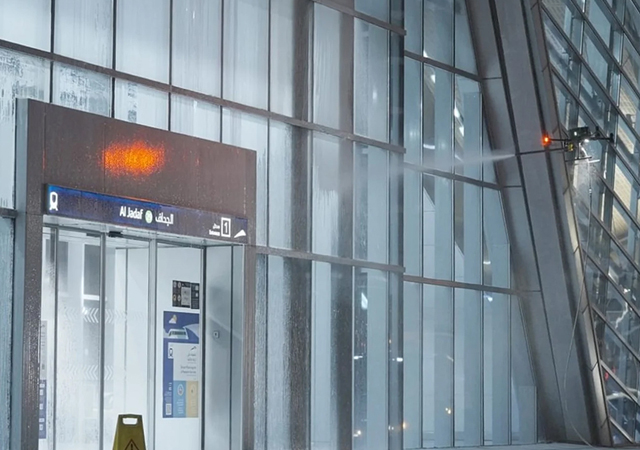
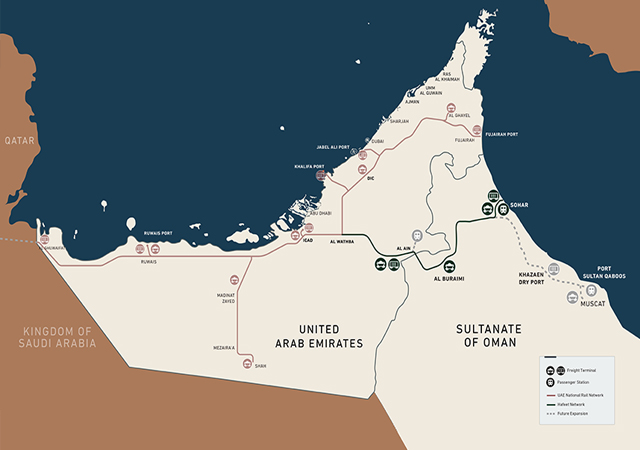
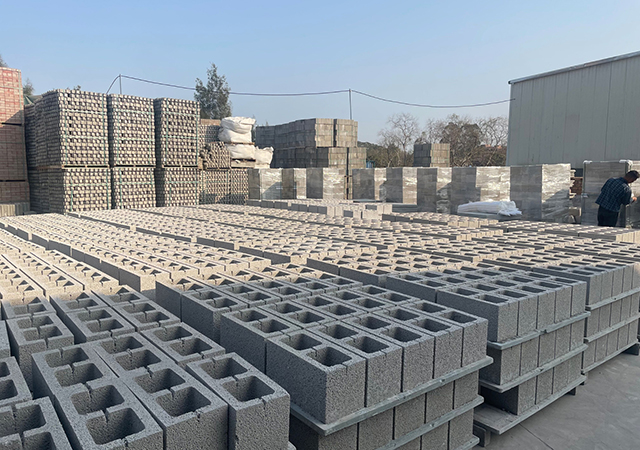
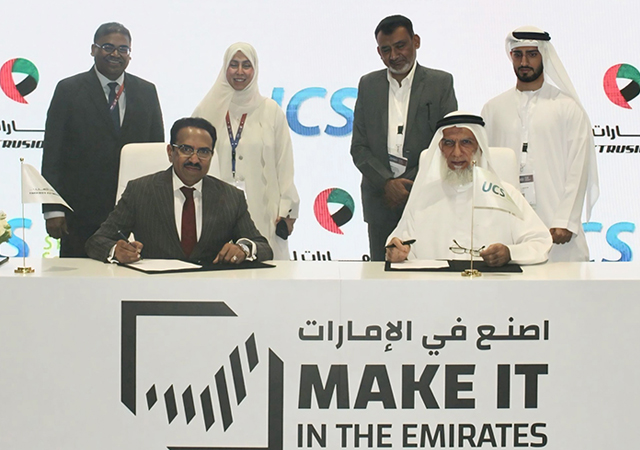

.jpg)
.jpg)

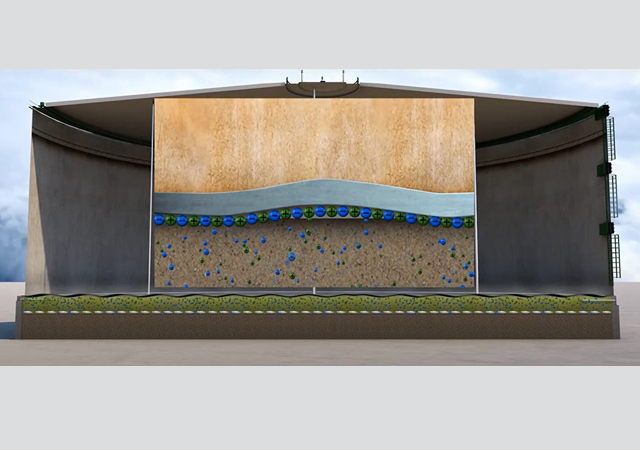
.jpg)
.jpg)

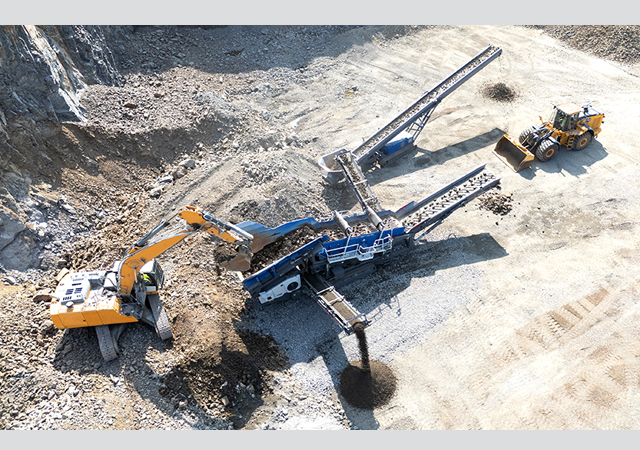
.jpg)
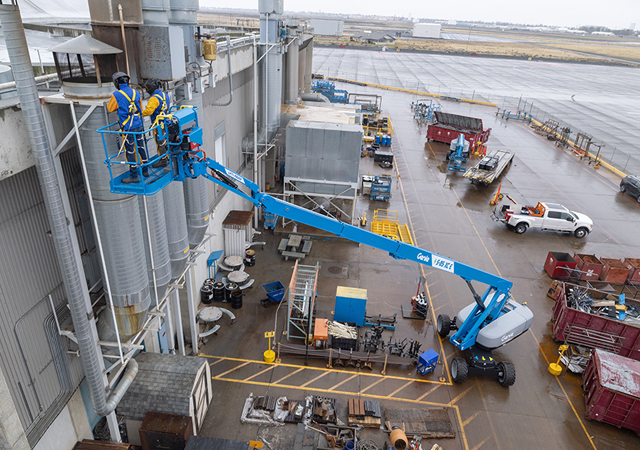
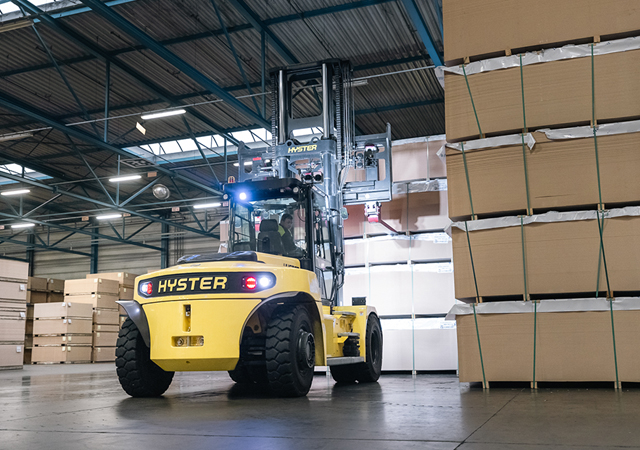


 Doka.jpg)



